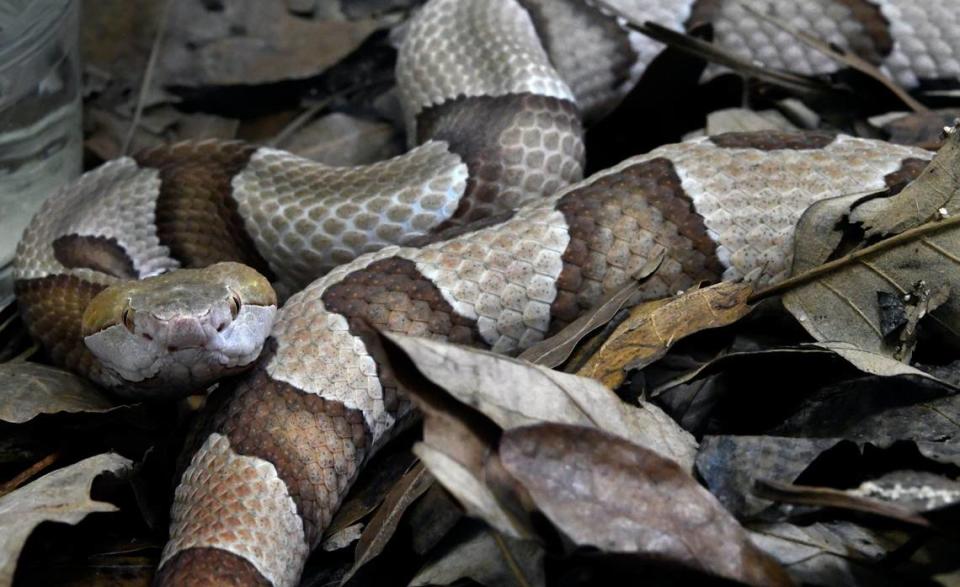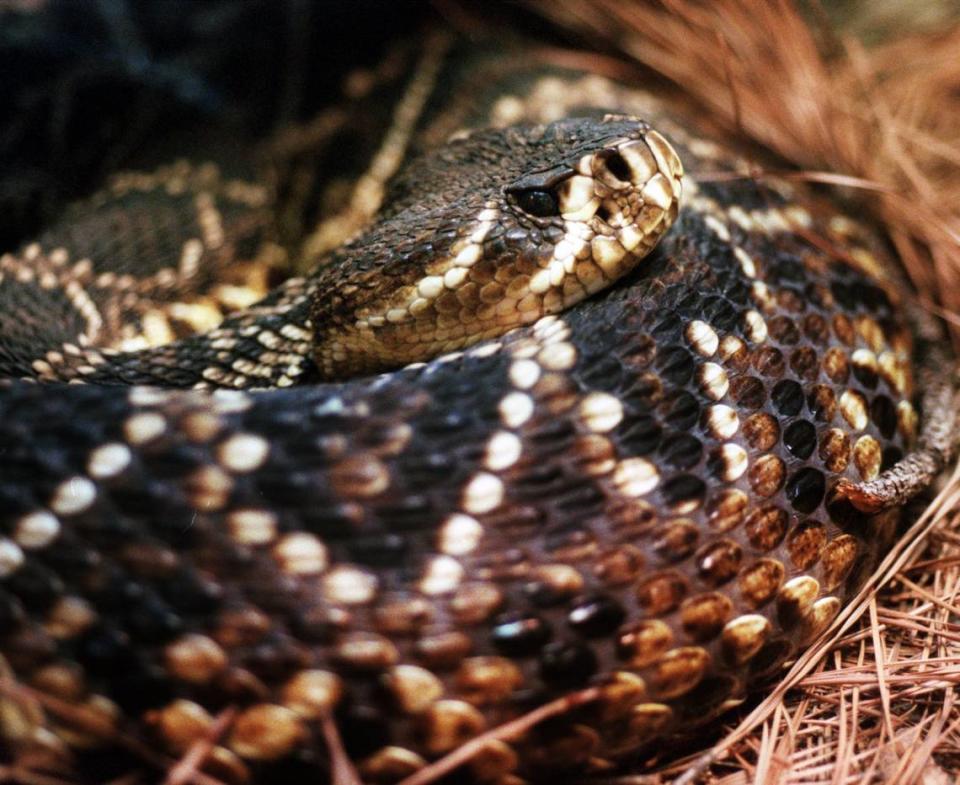Does SC or AZ have more venomous snakes and which ones are worse? Take a look
Texas has the most snakes in the United States but if you want to talk about venomous snakes, you have to look to Arizona, which has — wait for it — 19 of the country’s 20 dangerous snakes.
That includes 13 rattlesnake species alone, World Atlas says. They most often live in the desert but don’t be shocked if you’re on a putting green on a cloudless Arizona day and you see some sort of rattlesnake lazing in the sun.
How does South Carolina’s crop of snakes compare?
Puny.
South Carolina is home to three types of rattlesnake — Eastern diamondback, timber and pygmy — in addition to copperheads and cottonmouth.
Arizona’s list is downright intimidating to those folks who get all twitchy around snakes, especially the ones that can hurt you.
Here we go: Arizona black rattlesnake, ridge-nosed rattlesnake, Colorado desert sidewinder, banded rock rattlesnake, Grand Canyon rattlesnake, desert massasauga, Great Basin rattlesnake, Hopi rattlesnake, Mojave rattlesnake, Mojave desert sidewinder, northern black-tailed rattlesnake, prairie rattlesnake, Sonoran Coral Snake, Sonoran desert sidewinder, tiger rattlesnake, southwestern speckled rattlesnake, western twin spotted rattlesnake and western diamondback rattlesnake.
Scary looking and they can go 18 miles an hour with that unusual side slither.
But here’s the thing about South Carolina. Venomous snakes can be anywhere. They aren’t so picky about where they live.
Take copperheads, for example. They like wooded, rocky areas and they like your backyard suburban oasis, AZ Animals website says..

Identify them because of the copper-colored heads and hourglass-shaped banding patterns on their bodies. They are the snake most likely to bite you.
Cottonmouths are semi-aquatic pit vipers, so that puts them around rivers, lakes, and swamps. They have dark, thick bodies and you can see the white lining inside their mouths when you make them mad.
Another pit viper found in South Carolina is the timber rattlesnake. They’re big and live in the woods in the mountains. They are all sorts of colors — yellow, brown, gray and black. You’ll know them by their rattle at the end of their tail.
And folks who study them say they are not normally aggressive but their venom is potent.
If one bites you get to a hospital for anti-venom.
Another particularly potent snake is the Eastern diamondback rattlesnake. These big bruisers — they can grow to 7 feet — were once quite prevalent in South Carolina but their habitat is getting sparser and so are they, AZ says. They have long fangs and can inject a lot of highly potent venom. Bites can be fatal.

The Centers for Disease Control reports that 7,000 to 8,000 people are bitten by venomous snakes in the United States each yet. Five die on average.
The last time on record that someone died in South Carolina was in 2016 when a man in the Santee National Wildlife Refuge was bit in the lower leg by a rattlesnake, according to a story in The State. He collapsed and died within 15 minutes.
The last death in Arizona was 2007 when someone out for a walk was bitten by a Mojave rattlesnake.
People who have been bitten can suffer long-term injury such as losing a finger or even eyesight.
Interestingly, North Carolina has the highest number of snake bites a year with 157.8 snake encounters per million inhabitants, according to the World Animal Foundation. The national average is 30 bites per million.
There are 700 types of poisonous snakes in the world and 30 live in the United States, according to AnimalsAroundTheGlobe.
If all this snake talk is giving you the heebie-jeebies, there are places besides your living room you can go. Hawaii, Maine, Rhode Island, and Alaska have no native species of venomous snake.

